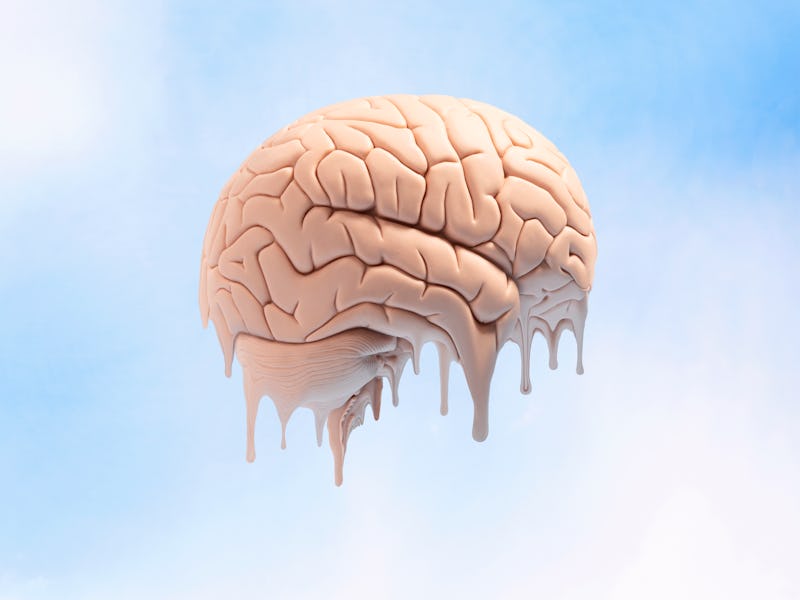Monkey brain study reveals the 'engine of consciousness'
“There are many exciting implications for this work."

What exactly ignites consciousness has long been a mystery. But in a study published in February, the search became a bit narrower: to a powerful part of the brain known as the central lateral thalamus, a tiny region found deep in our forebrain.
In the study, macaque monkeys were put under using a general anesthetic. When the researchers applied small electrical pulses to the monkey brains, and at a specific frequency, the animals were revived and alert within just a couple of seconds.
Inverse is counting down the 20 stories redefining 'human' from 2020. This is number 12. See the full list here.
They were, in essence, pulled out of a deep state of unconsciousness — and were acting just like they were awake.
“The animal went from being deeply anesthetized to opening his eyes, looking around the room, and even reaching out for objects within only a few seconds of the stimulation turning on,” Michelle Redinbaugh, the lead author of the study and a graduate student in psychology at the University of Wisconsin, Madison, told Inverse.
When the stimulation was switched off, they “went back into unconsciousness like nothing happened.”
Redinbaugh and her colleagues focused on a part of the brain called the central lateral thalamus. Though only a few millimeters in size, their research suggests that it plays a key role in the control of consciousness in humans as well. The researchers called it the "engine of consciousness".
Although the study was conducted on animals, the researchers are hopeful that the results could potentially translate to humans. One day, this approach of zapping the brain, called deep brain stimulation, could be finessed to treat individuals with disorders of consciousness, such as coma, or to make sure patients are safely unconscious when under clinical anesthesia.
“There are many exciting implications for this work," Redinbaugh told Inverse. "It's possible we may be able to use these kinds of deep-brain stimulating electrodes to bring people out of comas.”
We need a better understanding of how the central lateral thalamus works too, in order to inform how to correctly target it in patients with disorders of consciousness — which could potentially "help them live better lives,” Redinbaugh said.
Inverse is counting down the 20 stories redefining 'human' from 2020. This is number 12. Read the original story here.